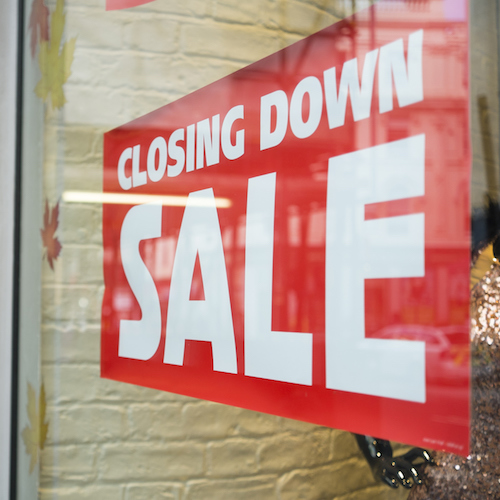
There is a popular narrative that the retail industry is dying, but is it? A recent report by Deloitte would argue against it, suggesting instead that in fact a retail renaissance is occurring.
Deloitte found that far from the end of retail, success in the sector is now driven by a retailer’s consumer value proposition based on changing budgets, growing footprints, rising revenues and millennials.
With retail sales increasing 3.5% in 2017, compared to a gross domestic product growth rate of 2.3% the same year, the retail sector is showing signs of healthy growth; thus, the so-called retail apocalypse is a myth, according to a new study from Deloitte.
The study, “The great retail bifurcation: Why the retail ‘apocalypse’ is really a renaissance,” found that the retail sector is healthy and shows strong signs of growth. Rather than a battle of online against brick-and-mortar, Deloitte found that retail is changing in line with consumer income bifurcation, with both high-end and price-conscious retailers seeing revenues soar, growing 81% and 37%, respectively, while those in the middle realized a mere 2% increase in sales over the past five years.
Kasey Lobaugh, principal, Deloitte Consulting, and the report’s lead author, commented:
Despite the popular narrative, the ‘retail apocalypse’ is far from reality. Brick-and-mortar retail is not on or near its deathbed. In fact, we’re seeing retailers open new stores at an astounding pace, and physical retail is growing alongside digital. Rather than witnessing the demise of retail, our study shows a dramatic change in line with the impact of consumer bifurcation along economic lines. While specific retailers may see an apocalypse, others see opportunity.
Deloitte found the retail market is also bifurcating along economically driven divides. Through an analysis of publicly traded retailers, Deloitte defined three retail cohorts: premier retailers that deliver value via premier product and experience offerings; price-based retailers that deliver value by selling at the lowest possible prices and clearly communicating that proposition to customers, and balanced retailers that deliver value via a balance of price and promotion.
In terms of millennials, the study found:
While millennials are often lumped together and portrayed as the source of disruption, Deloitte found that for the most part, millennial behavior (by income group) is virtually indistinguishable from other generations. Low-income millennials track closely with all other generations when it comes to whether they have spent in stores recently (79 percent and 81 percent, respectively), and in the middle-income cohort, there’s no difference between millennials and other generations, with 81 percent of each group having made purchases in-store.
However, high-income millennials, who make up less than one-fifth (19 percent) of the total millennial generation and just 6 percent of the population overall, skew perceptions of Gen Y as a whole. High-income millennials are 24 percent less likely than all non-millennial shoppers to shop in a store, and may be the source of the idea that millennials are the end of brick-and-mortar retail. When averaged together, the high-income shopper’s behaviors skew the averages for the entire millennial group.
Get Ready To Retire (Sponsored)
Start by taking a quick retirement quiz from SmartAsset that will match you with up to 3 financial advisors that serve your area and beyond in 5 minutes, or less.
Each advisor has been vetted by SmartAsset and is held to a fiduciary standard to act in your best interests.
Here’s how it works:
1. Answer SmartAsset advisor match quiz
2. Review your pre-screened matches at your leisure. Check out the advisors’ profiles.
3. Speak with advisors at no cost to you. Have an introductory call on the phone or introduction in person and choose whom to work with in the future
Get started right here.
Thank you for reading! Have some feedback for us?
Contact the 24/7 Wall St. editorial team.
 24/7 Wall St.
24/7 Wall St.